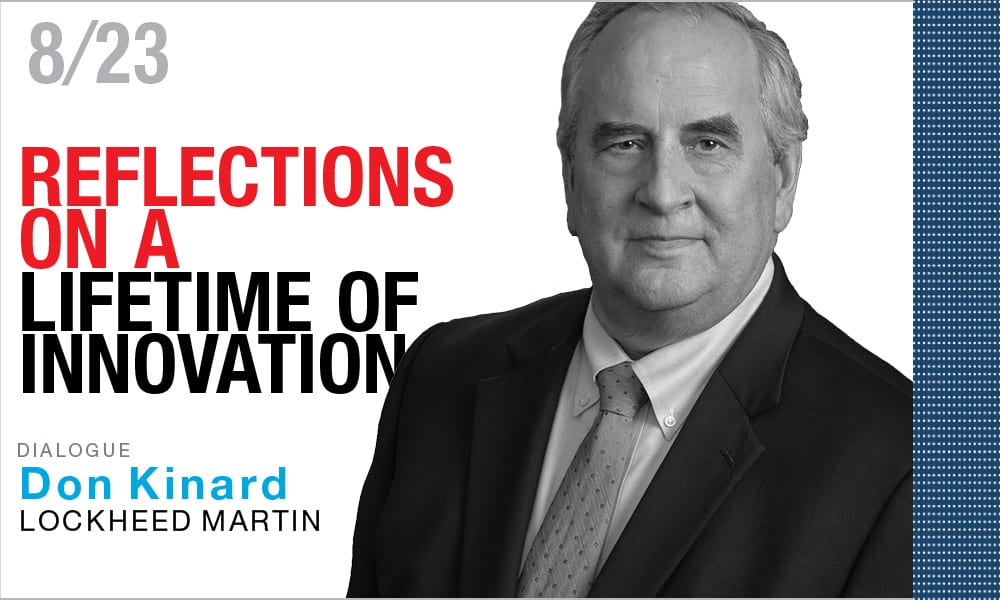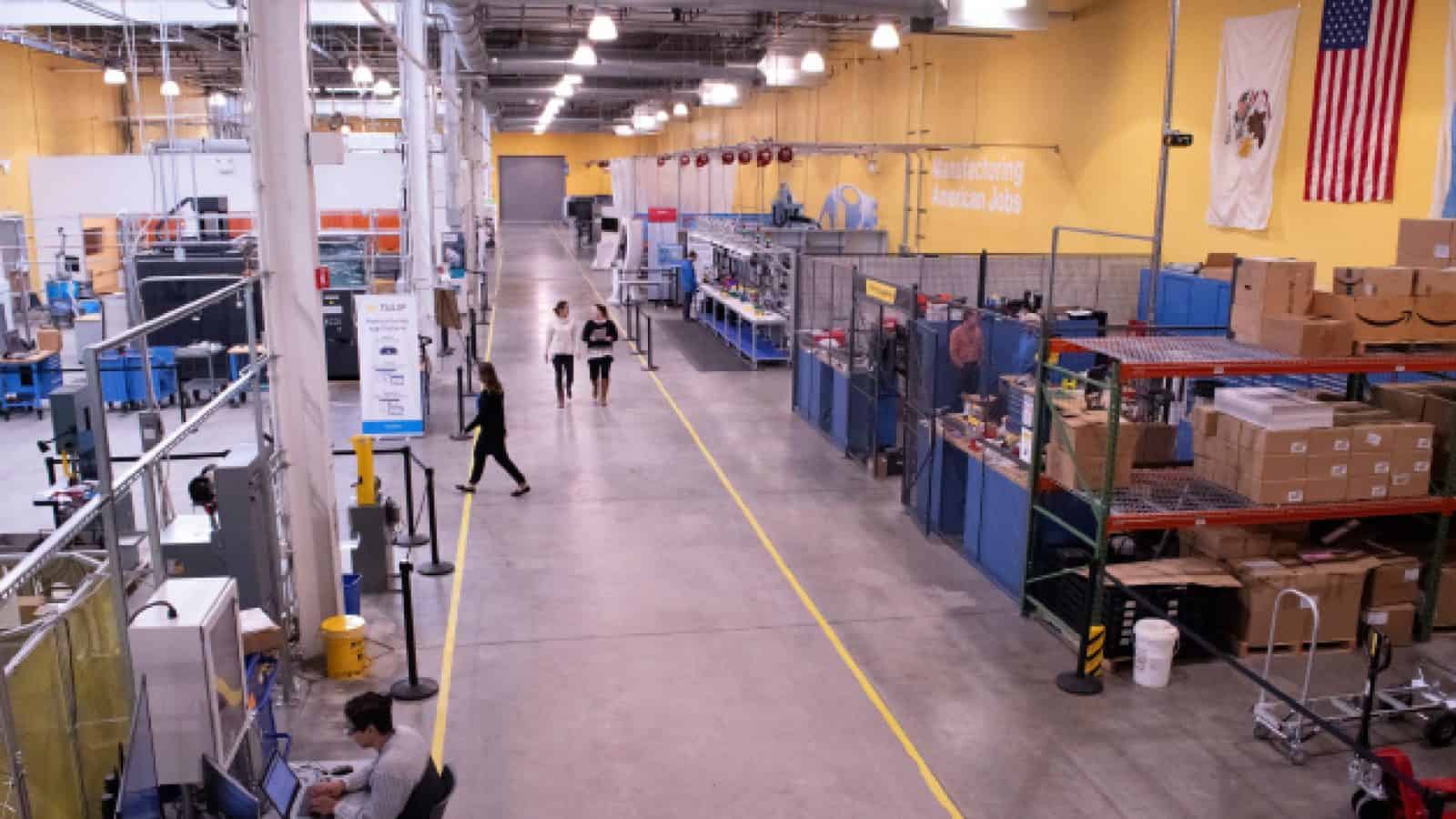Dialogue: Reflections on a Lifetime of Innovation

As the latest winner of the prestigious Lifetime Achievement Award at June’s Manufacturing Leadership Awards Gala, Dr. Don A. Kinard considers lessons from the industry’s past and what excites him about its future.

From achieving the rank of Eagle Scout in the Boy Scouts of America to leading design and production engineering teams on the F-22 and F-35 fighter aircraft, Lockheed Martin Senior Fellow Dr. Don A. Kinard has accomplished a lot over the years. But what he is perhaps most known for is his ability to describe complex technical concepts in a language that anyone can understand, and doing it with warmth, grace, and a touch of humor.
Dr. Kinard was the most recent recipient of the Lifetime Achievement Award, which is granted by the Manufacturing Leadership Council’s Board of Governors when a qualified candidate is nominated. Here he shares his insights on what he’s learned over the years and his future plans as his career at Lockheed Martin draws to a close.
Q: What is the best piece of advice you ever received in your career?
A: When I look back there are really two pieces of advice that I’ve found to be instrumental in my career. The first is from my dad, who told me that your personal integrity and honesty defined who you were and how others perceived you. Second is the Boy Scout Motto – “Be Prepared” – which means that you should always have a Plan B when Plan A doesn’t work in life and in your career. Manufacturing requires the ability to anticipate and be prepared, in advance, to deal with disruptions.
Q: If you were to tell a future manufacturing leader one thing that they need to know to find success, what would that be?
A: I tell my mentees and colleagues that the best thing they can do for success is to understand who your customers and suppliers are and “walk a mile in their shoes,” meaning that you need to understand what they do and how they do it and how they impact the manufacturing enterprise.
Q: Which of your career accomplishments has made you the proudest?
A: It’s a tough one as I’ve been fortunate to be in several impactful roles in my career first in composites and then with the F-22 Program in design and manufacturing. However, the proudest moment was standing out on the runway with my team and watching the first flight of the F-35 in Fort Worth, Texas, and thinking about the years of intense effort and dedication it took us to redesign the aircraft and modify the manufacturing approach, which has proven to be a such a great success as we achieve full rate production.
Q: You have seen revolutionary technological change within the industry, which also means that leadership skills have needed to change. What do you think are the most important skills and attributes for leaders to have in manufacturing’s digital era?
A: I think the greatest skill for manufacturing professionals is to understand how the extended enterprise (engineering, supply chain, sustainability, finance, HR, business development, etc.) functions and how these components of an enterprise are integrated and optimized for mutual benefit. Functional silos blind organizations to opportunities. It is also important to understand the technology required to produce your products and appreciate and enhance the talents and teamwork of your employees to create the best atmosphere for success. My motto as the Technical Advisory lead for Lockheed Martin manufacturing is, “Manufacturing brings engineering to life.”
Q: What do you foresee as manufacturing’s great challenges and opportunities in the years ahead?
A: For U.S. manufacturers I’m concerned about the offshoring of manufacturing and manufacturing technology to Asia, Europe, and low labor cost countries. This has created significant issues in our supply chains. For example – rare earth and battery materials as well as semiconductors. In addition, I fundamentally believe that you cannot design what you can’t manufacture, and that true innovation exists at the interface between engineering and manufacturing. Our future depends on developing industrial policies (like the CHIPS and Science Act) that recognize the importance of onshore manufacturing to the security of the United States and our allies, the prosperity of our people, and our nation’s economic strength.
Q: As you draw closer to retirement, what are your plans for life after Lockheed Martin?
A: I have always enjoyed teaching and mentoring. When I was a new employee at Lockheed Martin I volunteered for GED (high school equivalency) tutoring for several years and recognized the value of education to our society and the effort put forth by immigrants to this country to contribute and succeed. I believe that STEM education is critical and that understanding and appreciating math may be a defining enabler of individual success. Therefore, I look forward to opportunities to continue to share this STEM passion in my community as well as participate in several aerospace industry associations I’ve been active in for a long time. M

FACT FILE: Lockheed Martin
Headquarters: Bethesda, Maryland
Industry Sector: Global Security and Aerospace
Annual Revenue (2022): $66.15 billion
Employees: 115,000
Production: 370 manufacturing sites
EXECUTIVE PROFILE: Dr. Don A. Kinard
Title: Senior Fellow, Lockheed Martin Aeronautics Operations
Education: Trinity University (B.S.); Texas A&M University (Ph. D)
Previous Roles:
– Deputy, Joint Strike Fighter Production System
– Director, Joint Strike Fighter Production Engineering
– Engineering Lead and Deputy Director, F-22
– IPT Design Lead, F-22
About the author:
Penelope Brown is Senior Content Director of the NAM’s Manufacturing Leadership Council.
